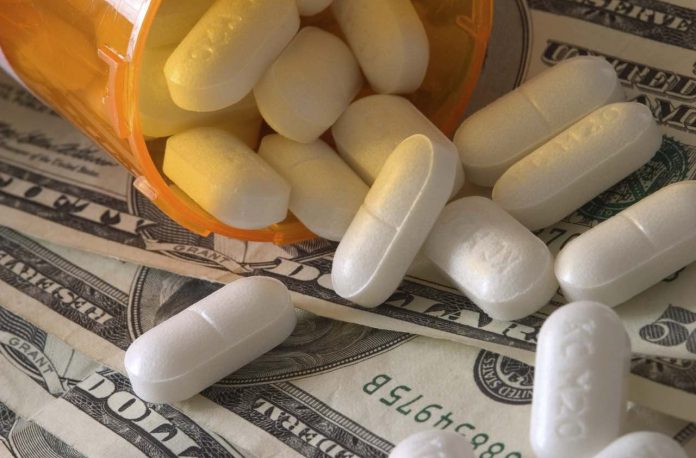1 out of 4 americans declared that they’ve asked their health care providers to offer them a cheaper alternative, according to a new report from Centers for Disease Control and Prevention.
About 60% of U.S. adults said that their health state led them to buying several prescribed drugs on their own expense. The aforementioned report looked at the three ways in which adults who were prescribed medicine that was too expensive for their budgets tried to cut costs in 2017:
- asking for a cheaper drug
- not taking medicine as prescribed
- seeking alternative therapies
People who don’t have health insurance are the ones that mostly resort to strategies for saving money. Nearly 40% of them asked their doctors for less expensive treatments.
The high price of prescription drugs is among the nation’s top concerns. Drug makers are facing increased scrutiny from the Trump administration and lawmakers, especially amid reports of people dying because they can’t afford their medicine.
“These are pretty high proportions of people, and most concerning is [those] not taking their medication as prescribed,” said Stacie Dusetzina, a health policy researcher at Vanderbilt University who has studied drug affordability and wasn’t involved in the new report.
The report of the Centers for Disease Control and Prevention – which pulled from 2017 health survey data – found that the cost-cutting strategies generally declined from 2013 to 2015. But in the years since, the share of patients who report trying to find ways to save money on medicine has stayed steady.
Dusetzina said that the discovered decline could be correlated to the growing number of people who have been covered by insurance over that certain period of time – and points to the importance of insurance coverage in being able to afford to take medicines as prescribed.
“It is very unaffordable for people to use most medications if they don’t have insurance,” Dusetzina said.
Uninsured adults resort to desperate measures to cut medication costs
A small number of people, a few over 11% of adults prescribed medication during the past year said they didn’t take it as it was prescribed by their doctor, in order to cut some costs. The report defined that practice as skipping doses, taking less of a drug than prescribed, or waiting to fill a prescription.
Uninsured adults were far more likely to use that strategy to reduce their costs. More than 33% of people without insurance didn’t take their medication according to a doctor’s orders, compared to 8% of people with private insurance and 13% of people with Medicaid coverage.
Medical experts said that these findings are particularly concerning given that not taking prescribed medications has several negative effects that might affect not only the person involved but also the ones around him. Some of the side effects range from increased rates of emergency room use and hospitalization to worsening symptoms of a health condition.
“We don’t want people cutting back on necessary treatments,” Dusetzina said. And taking drugs at too low a dose, or for less time than necessary, could also end up causing new problems, such as developing resistance to a drug, Dusetzina said.
“We have lots of treatments where if you don’t take them exactly as prescribed, you might be doing more harm than good,” she said.
Cheaper medication alternatives is usually prefered by people without insurance
The most common of the three cost-cutting strategies the report studied was asking the doctor to prescribe an alternative that’s a bit less pricey. Roughly 20% of people who take prescriptions said they asked their doctor for a cheaper option in 2017, down from 26% in 2013. Women and those without health insurance were the most likely to ask doctors for a lower-cost drug.
Dusetzina said that while asking for a more affordable alternative highlights the challenges patients can face in paying for drugs and that should raise concern about how the economy is going, it could also be seen as a potentially positive cost-saving strategy for both patients and the health care system if the cheaper option render the same results.
Another 5% of adults who were prescribed medication said they used alternative therapies as a way to reduce their drug costs, with uninsured individuals most likely to opt for that strategy. Nearly 14% of uninsured people reported that they turned to different treatments as a way to reduce their costs, compared to 6% of people with Medicaid coverage and 4% of people with private health insurance.
Dusetzina said the potential risks – or benefits – of that practice depend on the type of substitution being made. It’s imperious that the alternative therapies be equal to the ones with the clinical benefits.










